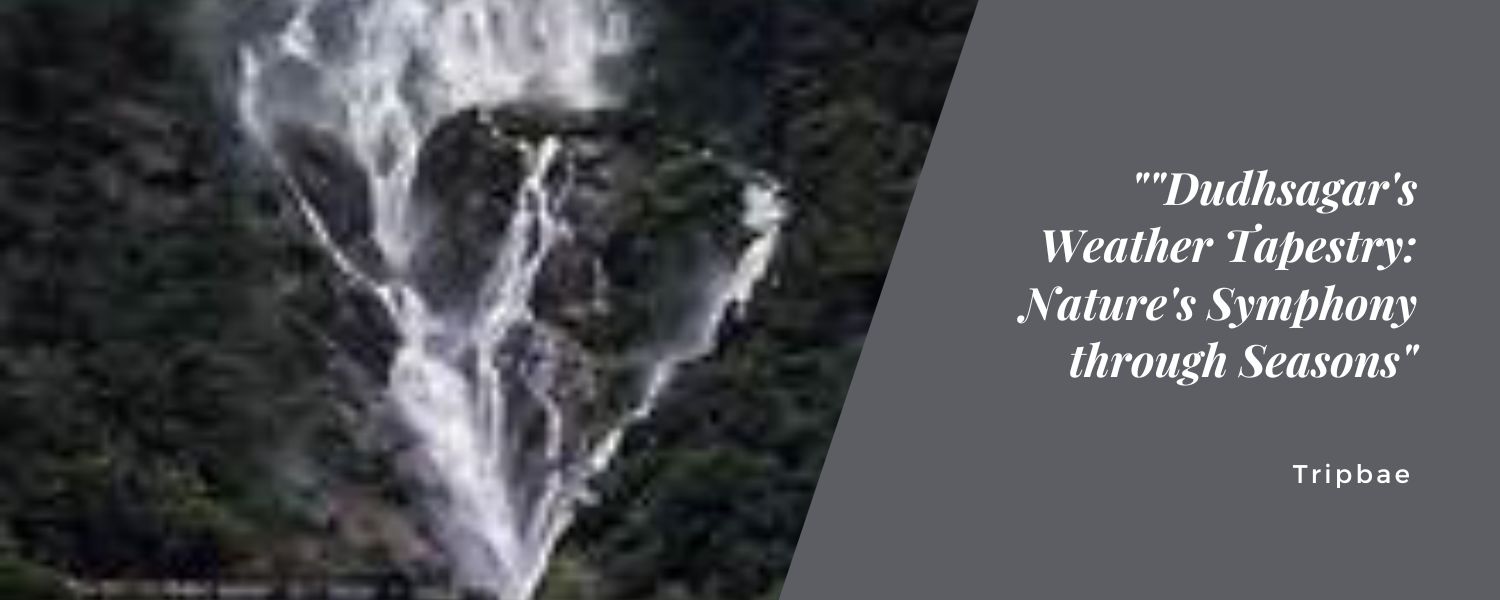“Dudhsagar’s Weather Tapestry: Nature’s Symphony through Seasons”
Nestled amidst the Western Ghats on the Goa-Karnataka border, Dudhsagar Falls stands as one of India’s most spectacular waterfalls. The name translates to “Sea of Milk,” aptly describing its cascading white torrents. However, the experience of witnessing this marvel can significantly vary depending on the weather. Let’s delve into the climatic nuances of Dudhsagar and determine the best times to visit.
Monsoon: The Majestic Fury
Come monsoon, and Dudhsagar transforms into a vehement force of nature. Between June and September, the region receives substantial rainfall, causing the falls to swell and roar with unmatched vigor. The surrounding landscape is painted in fifty shades of green, making it a visual treat. However, the slippery paths and potential flash floods make trekking challenging during this time.
Winter: Pleasant and Picturesque
The months between October and February are marked by pleasant weather at Dudhsagar. With temperatures hovering between 15°C to 25°C, it’s an ideal time for treks, picnics, and photography. The water flow, while less compared to monsoon, is consistent and offers a serene ambiance. The clear skies ensure that the surrounding landscapes are visible in their full glory.
Summer: Warm yet Alluring
March to May witnesses a warmer climate with temperatures ranging from 25°C to 35°C. The water levels of Dudhsagar Falls recede, unveiling the intricate rock formations beneath. While it might not be the best time for those looking to see the falls in their roaring best, it’s perfect for those seeking a quieter, less crowded experience.
Conclusion
The weather tapestry of Dudhsagar is a testament to nature’s ever-changing moods. Whether it’s the monsoon’s furious dance, winter’s calm embrace, or summer’s warm touch, Dudhsagar offers a unique charm in every season. So, pack accordingly, and let the symphony of nature at Dudhsagar enchant you.










Comment (0)